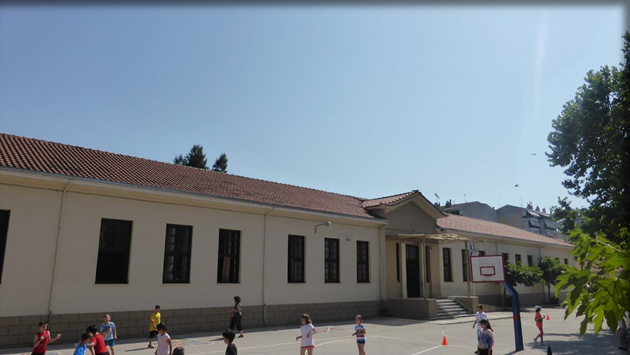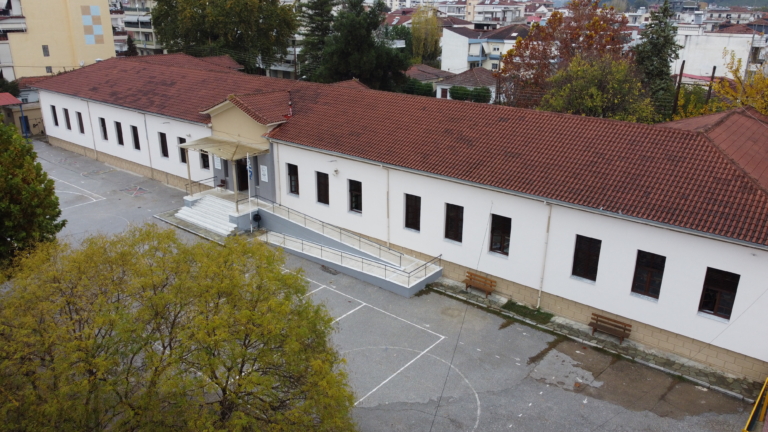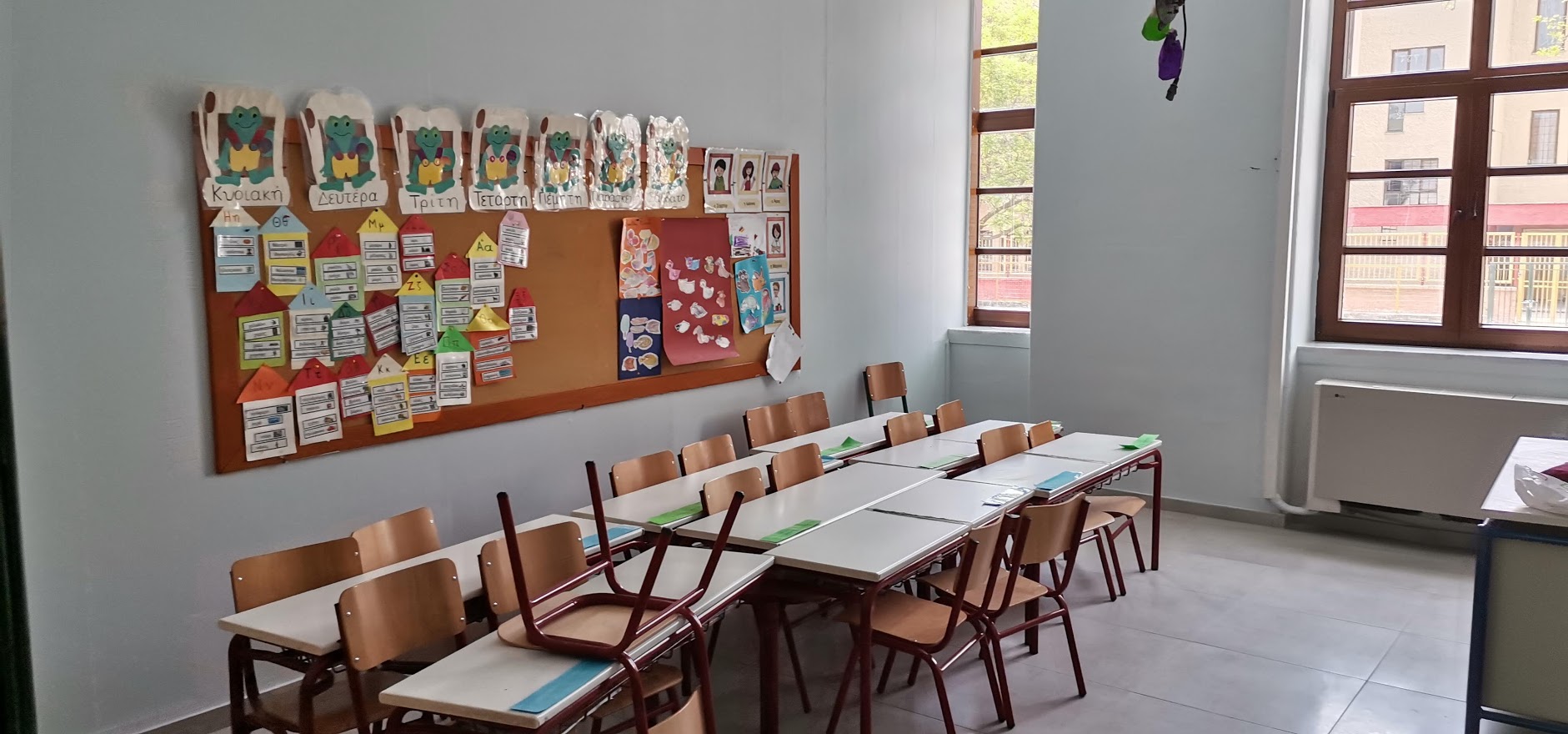UPGREAT: Renovation following the Passive House Concept
According to official studies, more than the 75% of the buildings in Europe will still exist after 2070. On 15 December 2021, the European Commission published its proposal for a recast of the Energy Performance of Buildings Directive, in the framework of the Fit for 55% Package. The package of measures aims to put Europe on track for a 55% reduction in carbon emissions by 2030. In order to achieve European Union’s goals for 2030 and 2050 concerning carbon emissions, we need to create a new culture in renovation.

The proposed revision of the Energy Performance of Buildings Directive introduces new standards for energy performance to decarbonise the building sector, with changes to definitions of energy performance standards, revisions to national building renovation plans and a new requirement for life-cycle emission calculations for new builds. The proposal introduced several new definitions (under Article 2) which increase the ambition of renovation efforts:
- ‘Zero-emission building’, a building with very high energy performance, where the low amount of energy required is covered by renewables generated onsite, by an energy community, or via district heating and cooling. This will be the standard for new buildings and the level to be achieved by deep renovations as of 2030
- ‘Nearly-zero energy building’, a building meeting the above standards with performance no lower than a cost-optimal level (to be established under Article 6)
- ‘Deep renovation’, meaning transforming a building into nearly-zero emission building (up to 2030) or a ‘zero-emission building’ (after 2030).

In Trikala, a city in central Greece, in which HPHI is currently developing the city’s roadmap for the energy transition, there is the first enerPHit Passive House School. The “exercise” Deep renovation of a School, took place under difficult circumstances achieving great results and social impact. The project “Renovating a school according to the Passive House standard” contained, some crucial steps:
- Raising awareness about energy efficiency to the mayor and his councils
- Two month intense education through seminars to the municipality’s technical services department
- Continuous training of the tradespersons involved to this particular project
- Educating the teachers, the students and the parents in order to understand how the building will perform
Some of the results were:
- Minimizing the operational cost of the school down to 80%
- Achieving the best indoor air quality in terms of temperature and relative humidity
- Because of the installation of the Mechanical Ventilation with Heat Recovery there is no need opening the windows (due to covid-19 restrictions) during cold days
- Happy and concentrated students and satisfied teachers
- Two new certified Passive House designers working in the municipality’s technical services department
To meet these challenges and opportunities in large scale projects, National & Kapodistrian University of Athens (NKUA), joins forces with Hellenic Passive House Institute (HPHI), Cyprus Energy Agency (CEA) and Da-Di-Werk in the UPGREAT project. Using the gained experience from individual projects the UPGREAT consortium is aiming to create a new construction culture targeting mainly schools, where the impact in the society is larger than everything else. The long term results expected from UPGREAT are multitudinous. It is not only the improved thermal comfort, health and environmental quality the building users will experience but also the gap between design & construction phase will be eliminated & transition to low energy buildings will be enforced. Furthermore, the suggested holistic design approach will result in reduced construction, operation & maintenance costs.
Finally, while the energy prices are increasing, this project is forcing the society to align with European Union’s energy performance directives. Every building has to decrease heating and cooling demand as much as possible and the energy needed has to be produced on site or as nearest as possible. The first renewable energy is energy efficiency and the cheapest energy is the one that is not consumed. #EfficiencyFirst

Responsible for the content of this page is the named author / organisation: Dimitris Pallantzas, Hellenic Passive House Institute / UPGREAT ProjectUPGREAT
